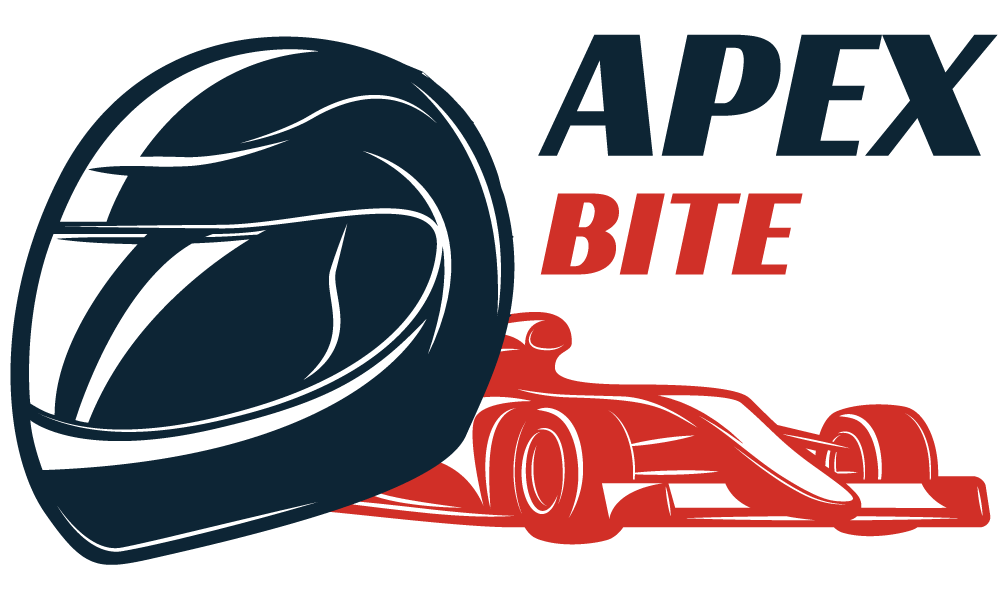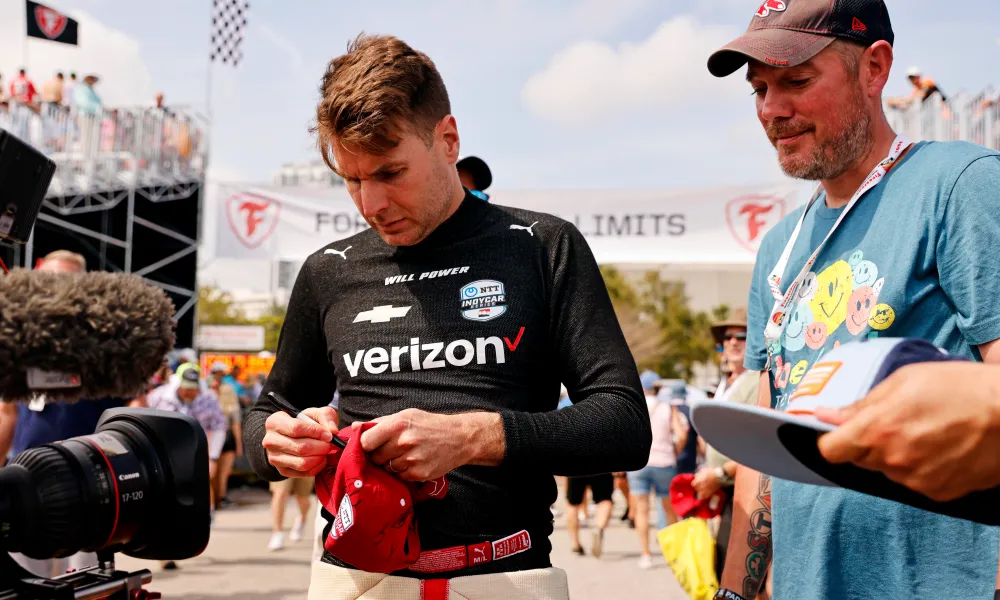Formula 1 cars are speed monsters, but their tires are the only part touching the track. So, to perform their best, they need top-notch tires. But it’s not as simple as just picking one kind. Teams must consider the weather, track type, and how long they want their tires to last.
Every race has its own challenges, and picking the right tire is crucial.
History of F1 Tires
F1 cars didn’t always race on Pirelli tires. Right now, in 2023, they’re the only game in town, but the story’s been pretty interesting over the years.
Back in the very first F1 season in 1950, teams just slapped on tires similar to what everyday cars used. But as the competition heated up, things changed fast.
Big names like Goodyear, Firestone, Dunlop, and even Continental jumped in, each bringing new tricks to give their tires an edge. Think weight changes or the move to those smooth slicks we see today.
F1 has tweaked tire rules a bunch over time, playing with sizes and even how long they should last in a race. In 2005, in a bid to make racing safer, they tried a rule where drivers couldn’t change tires during the entire race.
That plan hit a snag at the US Grand Prix when Michelin had some safety concerns and later decided to leave F1 altogether.
Fast forward to 2011, and Pirelli became the main squeeze for F1’s tire needs. They’ve been holding it down for over 12 years, and FIA just confirmed they’ll be around at least until 2027.
F1 Tire Choices

Teams have six types, labeled C0 to C5. C5s are soft and speedy, while C0s are hard and durable. Plus, for rainy days, they’ve got two more types: full wets and intermediates.
A few weeks before a race, teams find out which three out of those five types they can pick from.
During a typical race weekend, drivers receive:
- 13 sets of dry-weather tires
- 4 sets of intermediates
- 3 sets of full-wet tires.
- If they reach Q3, they get an additional set of soft tires.
If the track’s dry, every driver has to use at least two different types of slick tires during the race.
Soft, Medium, or Hard Tyre – What’s the Difference?
It’s all about balancing speed with how long the tire lasts.
🔴 Soft tires – Super fast, but they wear out like crazy.
🟡 Medium tires – Faster than hard ones, but they don’t wear out as fast as soft ones.
⚪ Hard tires – Last ages, but don’t expect them to be as grippy.
F1 Tire Lingo Made Simple
Scrubbed: Imagine wearing new shoes that are a bit stiff. Teams give tires a short “break-in” by driving them for a bit during practice. This makes them race-ready.
Slicks: These are the super smooth tires, perfect for sunny days.
Compound: Think of it as the tire’s recipe – some are hard, and some are soft.
Blistering: Imagine a tire getting a mini-explosion on the inside because of too much heat. That’s blistering.
Graining: It’s like when the tire’s outside gets too hot, and bits of rubber peel off and stick right back on.
Flat spot: It’s exactly what it sounds like. If a driver brakes super hard, the tire can scrape the track and gets a flat area.
Deg: It’s short for ‘degradation.’ It simply means the tire’s slowly losing its mojo due to wear.
2023 Tire Regulations
Tire Rules
- Drivers need to use two different types of tires during a race. If it rains, forget that rule. Bring out the wet or intermediate tires.
- After free practice, teams give back two sets of tires.
- That leaves them with seven sets for both qualifying and the race.
- One set will be returned if you make it to Q3.
- Each driver has:
- Four sets of intermediate tires
- Three sets of rain tires
Heat Blankets: The Lowdown

- Keeping tires at the perfect temp is crucial! Cold tires = less grip = possible crash.
- Tires cozy up in heat blankets to start at the right temperature.
- However, F1 is trying to phase these blankets out.
- The blanket temp was dropped from 100°C to 70°C.
- They wanted 50°C in 2023, but after a test run in the US, teams said it’s too risky
- The compromise? 70°C for 2023.
- Tires used to be in the blankets for three hours pre-session. Next year it will be two hours.




